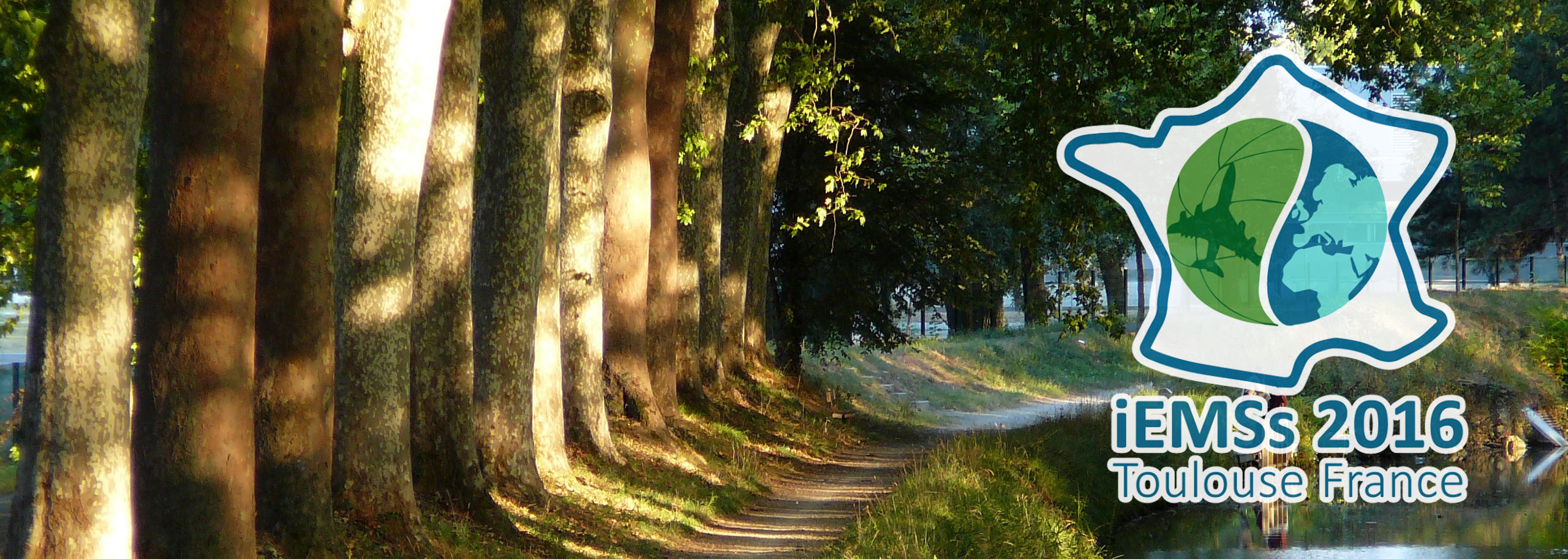Keywords
Bayesian network model; habitat suitability; expert elicitation; spatial analysis; landscape structure
Location
Session D1: Tools And Methods of Participatory Modelling
Start Date
12-7-2016 10:50 AM
End Date
12-7-2016 11:10 AM
Abstract
Species distribution and habitat suitability models are widely used to inform decisions about conservation, resource or invasion management. Bayesian networks (BN) have received increasing attention in environmental modelling and habitat suitability modelling. Some important advantages of BNs are: a) they lend themselves to a participatory modelling framework including calibration from expert knowledge, explicit treatment of uncertain or missing knowledge and scenario analysis for decision support; b) they model responses specifically from interactions of influential habitat variables rather than statistical correlations; and c) recent advances have greatly simplified spatially-explicit applications (PMAT, https://github.com/DriesLanduyt/PMAT, QUICKScan, http://www.quickscan.pro or GeoNeticaTM, https://www.norsys.com). However, limited integration of the effects of landscape structure (spatial patterns and interactions of model variables) has been an ongoing limitation to the use of BNs in environmental modelling. With participation from a panel of experts with scientific or field knowledge of feral pigs, we developed a spatially-explicit BN model of habitat suitability for feral pigs (Sus scrofa) in northern Australia to enable better management of their impacts. Experts identified key habitat variables (food & water resources, heat & disturbance refuges), but also ascertained that feral pigs are highly mobile, responding to spatial patterns of these habitat variables within heterogeneous home ranges. To capture species mobility, we developed a novel methodology for integrating landscape structure into our BN modelling framework using expert elicitation and spatial moving window analysis. We measured spatial patterns of habitat variables within moving window neighbourhoods representing home ranges. Experts related the resulting landscape-scale measurements to a suitability index for each habitat variable. Habitat suitability was then computed in a BN model combining all suitability indices. Our methodology “PATTSI: spatial pattern suitability analysis” is documented in a reproducible R script (https://github.com/jgfroese/PATTSI). We expect it can be readily integrated with previous methodologies and further extend the applicability of participatory, spatially-explicit BN models.
Included in
Civil Engineering Commons, Data Storage Systems Commons, Environmental Engineering Commons, Hydraulic Engineering Commons, Other Civil and Environmental Engineering Commons
Integrating landscape structure into participatory Bayesian network models of habitat suitability
Session D1: Tools And Methods of Participatory Modelling
Species distribution and habitat suitability models are widely used to inform decisions about conservation, resource or invasion management. Bayesian networks (BN) have received increasing attention in environmental modelling and habitat suitability modelling. Some important advantages of BNs are: a) they lend themselves to a participatory modelling framework including calibration from expert knowledge, explicit treatment of uncertain or missing knowledge and scenario analysis for decision support; b) they model responses specifically from interactions of influential habitat variables rather than statistical correlations; and c) recent advances have greatly simplified spatially-explicit applications (PMAT, https://github.com/DriesLanduyt/PMAT, QUICKScan, http://www.quickscan.pro or GeoNeticaTM, https://www.norsys.com). However, limited integration of the effects of landscape structure (spatial patterns and interactions of model variables) has been an ongoing limitation to the use of BNs in environmental modelling. With participation from a panel of experts with scientific or field knowledge of feral pigs, we developed a spatially-explicit BN model of habitat suitability for feral pigs (Sus scrofa) in northern Australia to enable better management of their impacts. Experts identified key habitat variables (food & water resources, heat & disturbance refuges), but also ascertained that feral pigs are highly mobile, responding to spatial patterns of these habitat variables within heterogeneous home ranges. To capture species mobility, we developed a novel methodology for integrating landscape structure into our BN modelling framework using expert elicitation and spatial moving window analysis. We measured spatial patterns of habitat variables within moving window neighbourhoods representing home ranges. Experts related the resulting landscape-scale measurements to a suitability index for each habitat variable. Habitat suitability was then computed in a BN model combining all suitability indices. Our methodology “PATTSI: spatial pattern suitability analysis” is documented in a reproducible R script (https://github.com/jgfroese/PATTSI). We expect it can be readily integrated with previous methodologies and further extend the applicability of participatory, spatially-explicit BN models.


